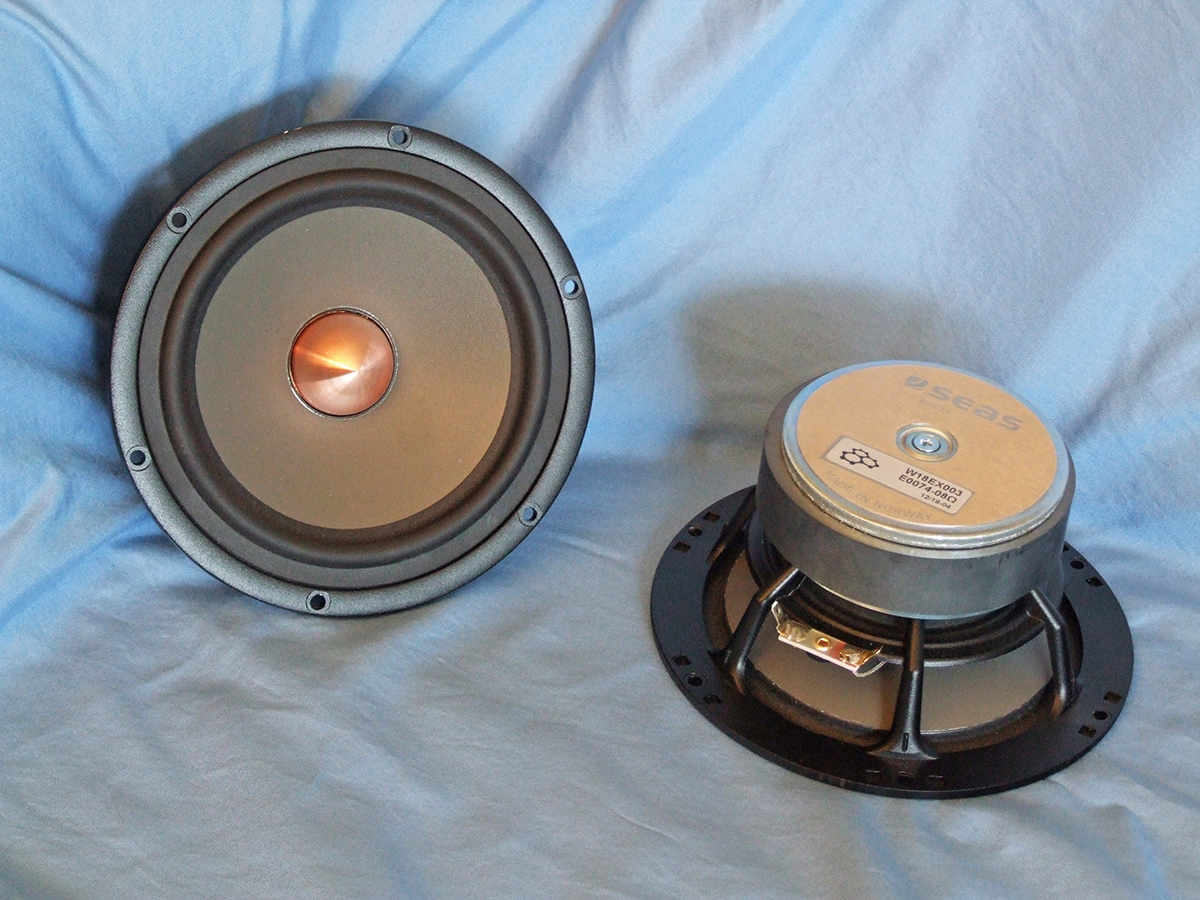well I don't think it's wise to just insist on breaking in is a real issue or thing with every single test being a "single" and "exceptional case", toole's controlled tests on audibility and their engineering department believes no meaningful/audible change at all and not surprised, only marketing ppl are surprised and note in that conclusion by Dr Toole, there IS some minor change in 30-40hz region being measurable as expected, just not changing in sound percieved in controlled tests.
For larger woofers with more mass and stiffer suspension, sure the initial burn in or wear out will result in more change in material or single parameter, but so as temperature and moisture do, unless every single component is made of exactly the same material, differential expension and contraction with temperature will exert more internal friction etc. to the assembly, and warming up do change rubber behaviour a lot (tyres on winter vs summer, or even car tyres warm vs cold from garage is a more extreme example) than the flexing will do to wear and tear from "break in".
It seems wiser to me that to believe in the effect of breaking in until there are a few measurable test showing that the change in parameter (e.g. FR, distortion, decay time etc.) to be more than unit to unit variation between drivers, and the change in temperature do to the driver. In that way at least I don't risk accelerating the unnecessary wearing down of the drivers and breaking the speakers earlier.
ASAIK in science training, you can only proof what DO EXIST, not vice versa, thus far I didn't see any study or even self test using the same driver, in a meaningfully controlled way like
@MAB did showed that running in affects the driver more than domestic daily fluctuation in temperature, moisture and air flow, let alone be it an audible case as in blind test


 It was clear to me that this 'evidence' of break-in was actual a hot driver, or they just messed up the measurement in more dramtic fashion.
It was clear to me that this 'evidence' of break-in was actual a hot driver, or they just messed up the measurement in more dramtic fashion.